Basilica of
the Inmaculate Conception of Eloririo
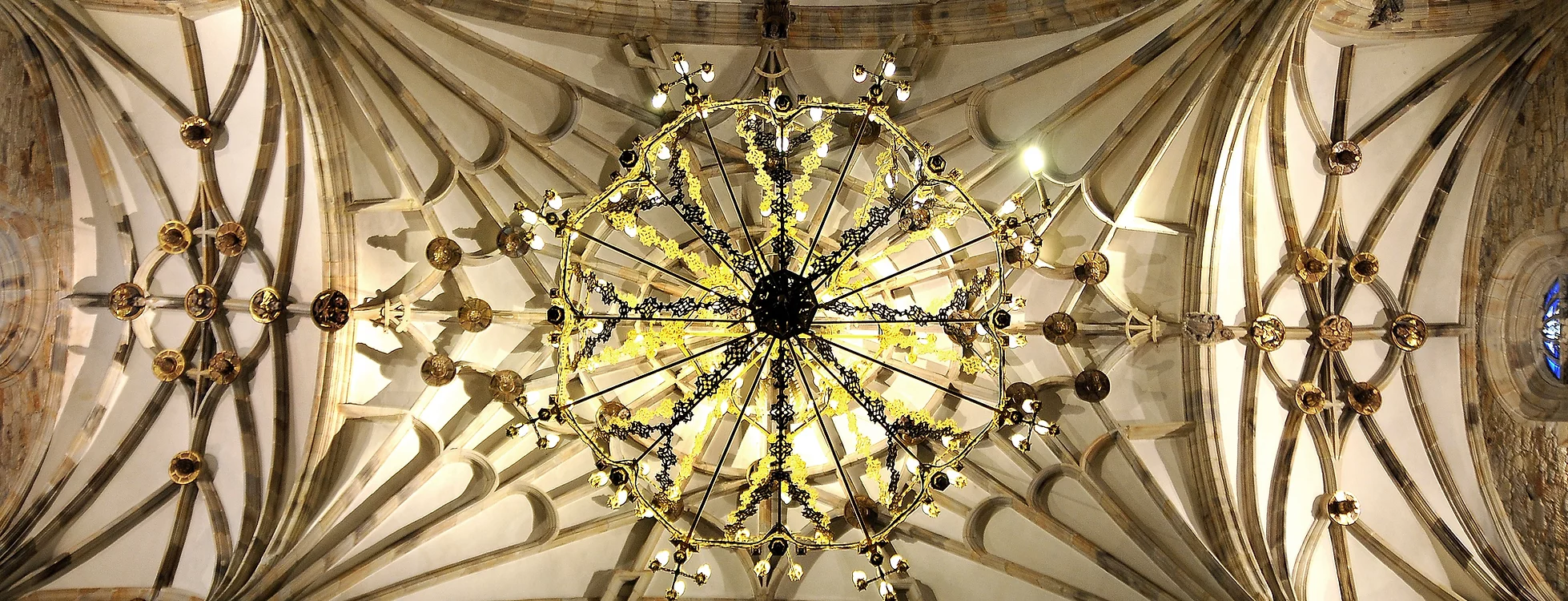
The Basilica is the town’s most outstanding architectural heritage feature and one of the finest examples of Renaissance religious architecture to be found anywhere in the Basque Country.
It is a building that stands out for its remarkable dimensions (it measures almost 50 meters long by 25 meters wide), the quality of its construction and the richness of its furniture, offering a fairly homogeneous result despite its long and complex history.
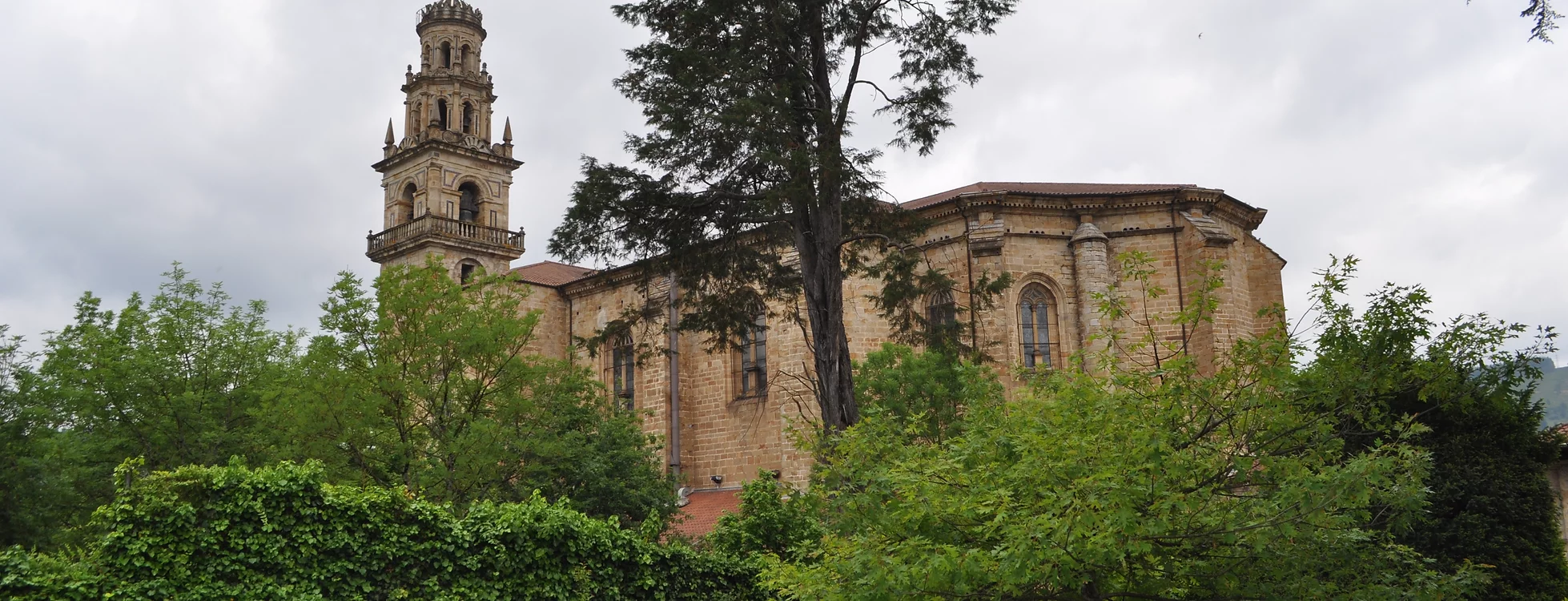
HISTORICAL DEVELOPMENT
In general terms, its construction can be broken down into three phases:
The Gothic phase: this covers the years from 1464 to 1530, when work first began on the original design. The two entrances and the north portico on the square date from the latter part of this least documented period of the building’s history.
The Renaissance phase: from 1530 to 1620, when the essential elements of the building were defined. The walls and windows were completed, the impressive columns were erected and the vaults were covered.
The Baroque phase: from 1620 to 1767, when certain accessory parts of the building were constructed such as the choir, the top of the bell tower and the sacristy. It was during this period that the furnishing of the interior came to the fore, with the installation of the stalls and the nine altarpieces.
The mausoleum altar dedicated to St Valentine Berrio-Otxoa was added later, in the early 20th century.
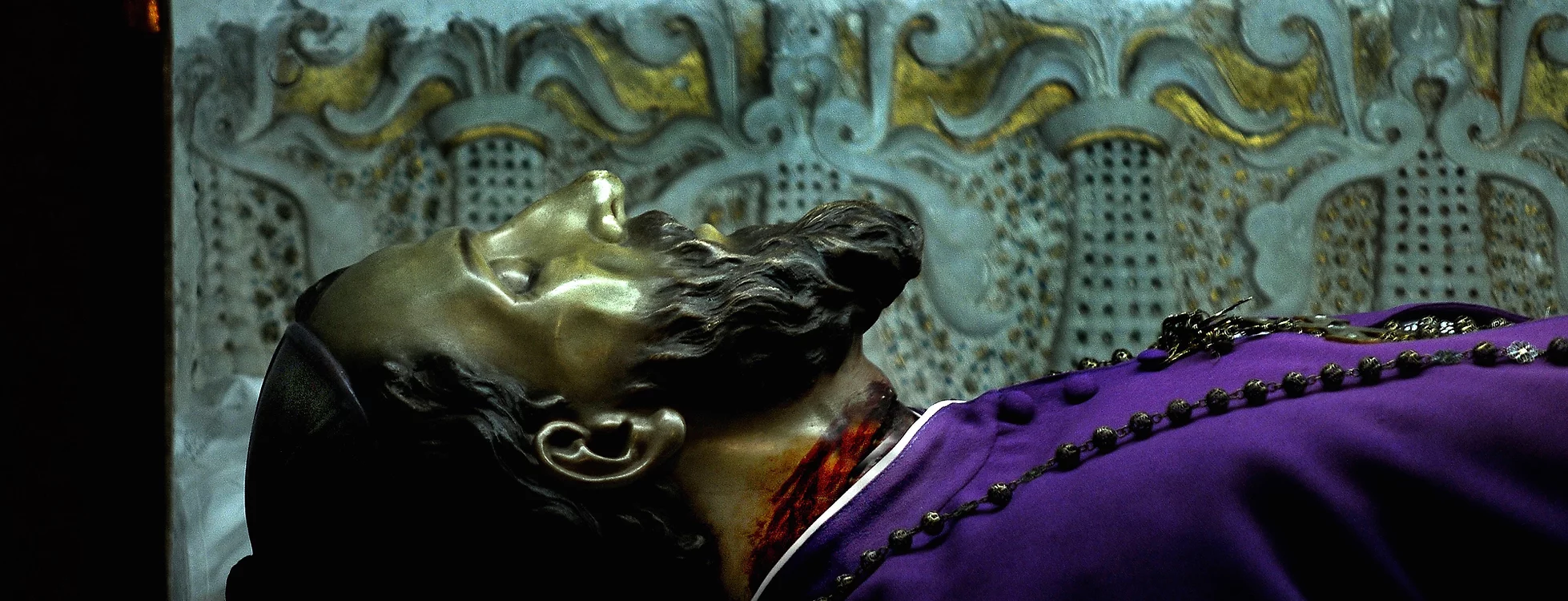
LETTERS TO HIS MOTHER
While he was away from his home and family Berrio-Otxoa corresponded frequently with his mother in Basque. This correspondence is a valuable source of written documents in Basque dating from 1840, showing local features indicative of how the language was spoken in Elorrio at that time. One of his letters can be seen framed on the wall to one side of the altarpiece.
His letters reveal that he had his own peculiar sense of humour: he tells his mother that he lived in a “magnificent palace” with a straw roof, earthen walls and cane doors.
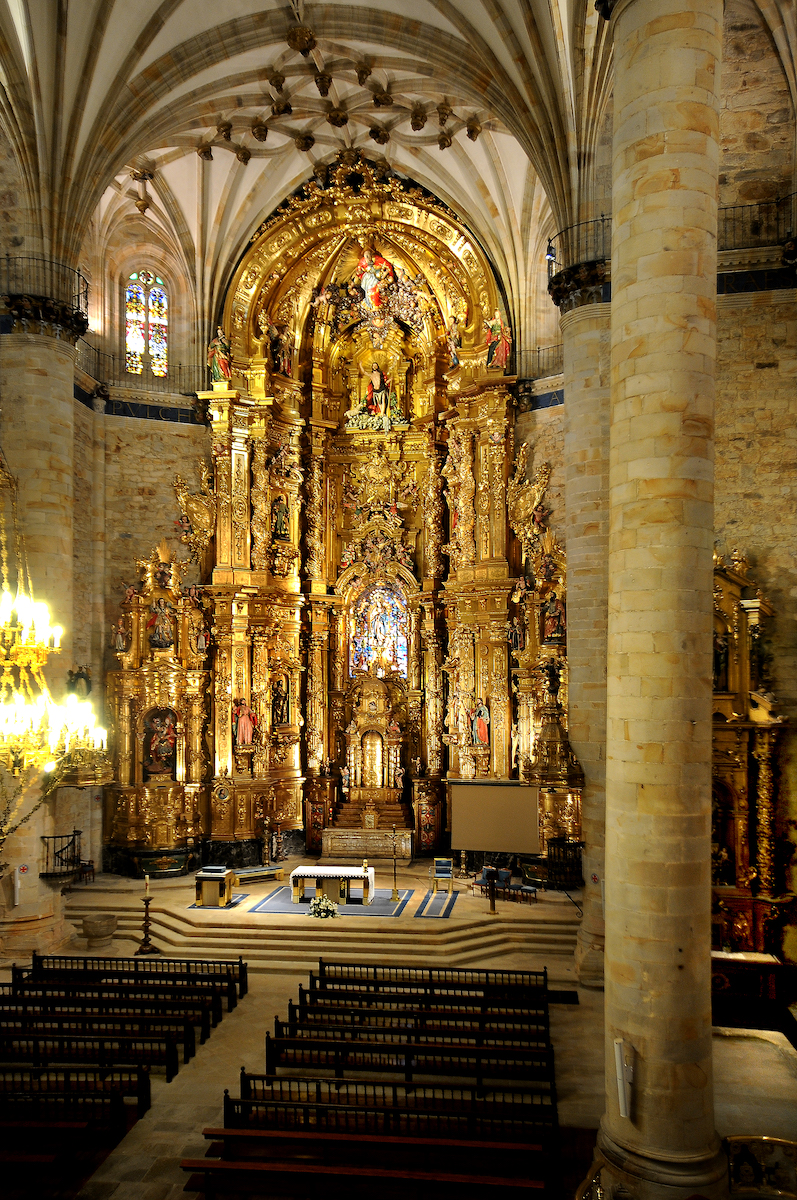
FURNISHINGS
All the altarpieces that currently stand in the Basilica are Baroque in style, though the building also contains earlier images including a late Gothic carving of the crucified Christ dating from around 1520 and a similar figure on a knotted wood cross with crossed bones at its feet that dates from the beginning of the Renaissance phase of building.
The most outstanding altarpieces are without doubt those in the presbytery, a large piece flanked by two smaller ones dedicated to Saint Michael and St Peter. They make up a truly spectacular group which is probably the most outstanding example of Rococo Baroque style in Bizkaia. The story of their construction is long and complex, but the result is a magnificent Rococo altarpiece with a shaped base that seems almost pressed into the apse, which it fills completely. It has three vertical sections and two horizontal sections.
Also worthy of mention is the display shrine surrounded by angels with vines and ears of corn, finished with the theological virtues (Charity on the left, Hope on the right and Faith at the top). The picture is completed with a half-dozen apostles and, on the cul-de-four, St John the Baptist with the lamb, St Joachim and St Anne, the archangel Gabriel, the Guardian Angel and the Eternal Father at the very top. These last figures (except the Baptist, which was carved by Ontañón) are the work of the sculptor Juan de Munar.
MONOLITH
If you walk around to the rear of the church you will see a monolith.
This bronze monument was made by José Luis Valenciaga, to a design by Matilde Roca de Togores.
It was erected in 1988 following the urbanisation of the area behind the church, and commemorates the canonisation of Berrio-Otxoa.
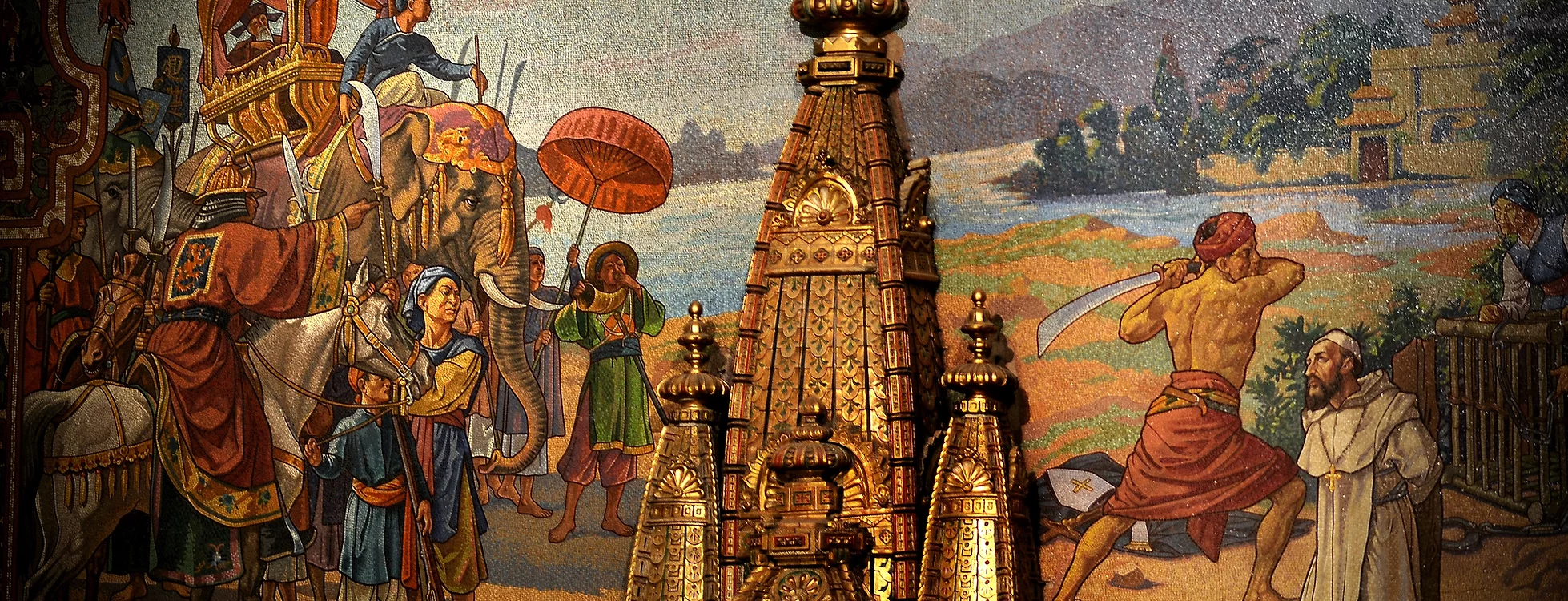
THE MAUSOLEUM ALTAR
The interior of the Basilica was enriched still further in the early 20th century with the addition of a unique element: the mausoleum altar of St Valentine Berrio-Otxoa, the joint patron saint (with St. Ignatius) of Bizkaia. He was born in Elorrio and his remains were brought back here in 1886.
On the occasion of his beatification in 1906 the Provincial Council of Bizkaia convened a contest for the design of an altar. The winning project was submitted by Manuel María de Smith Ibarra and Marcelino de Arrupe and the altar was made by Fachinna and Maumejean of Paris. The spectacular mosaic depicts the martyrdom of the saint in Tonkin in 1861. It is an exceptional piece in terms of both its size and its exotic architectural style with high golden canopies reminiscent of oriental temples, and decoration in the form of beautifully harnessed elephant heads.
The bones of the saint are contained in the metal urn at the top of the altarpiece. The recumbent figure was added later, in 1925.

Extended information...
La Giraldilla de Elorrio
(Spanish)
TEXT BY: R. Becerro de Bengoa
Ficha: La Basílica
Leaflet (Spanish)
You may also like...
GUIDED TOURS
Visit the city center with a guide
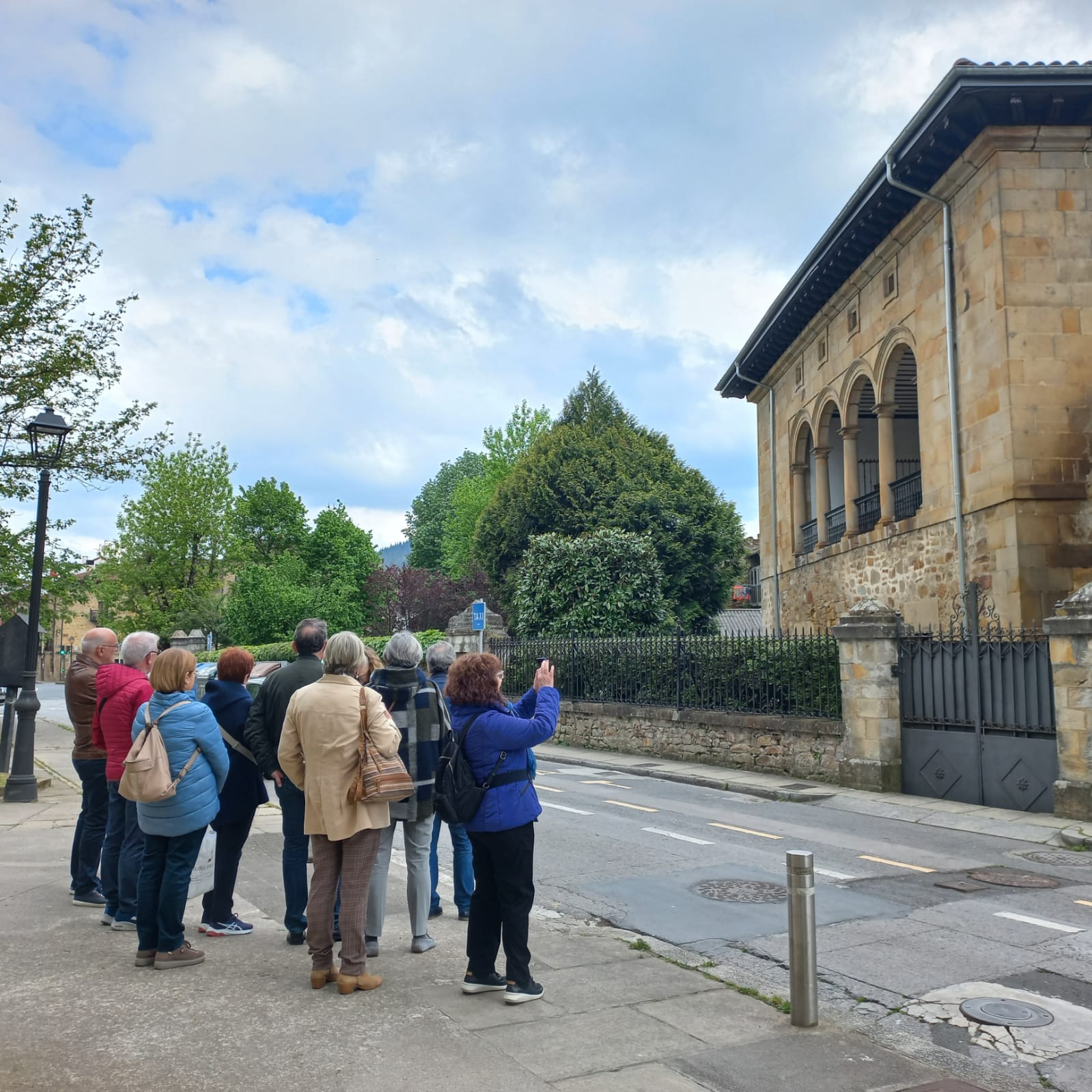
BERRIO-OTXOA TOUR
A tour through Elorrio based around San Valentín de Berrio-Otxoa.
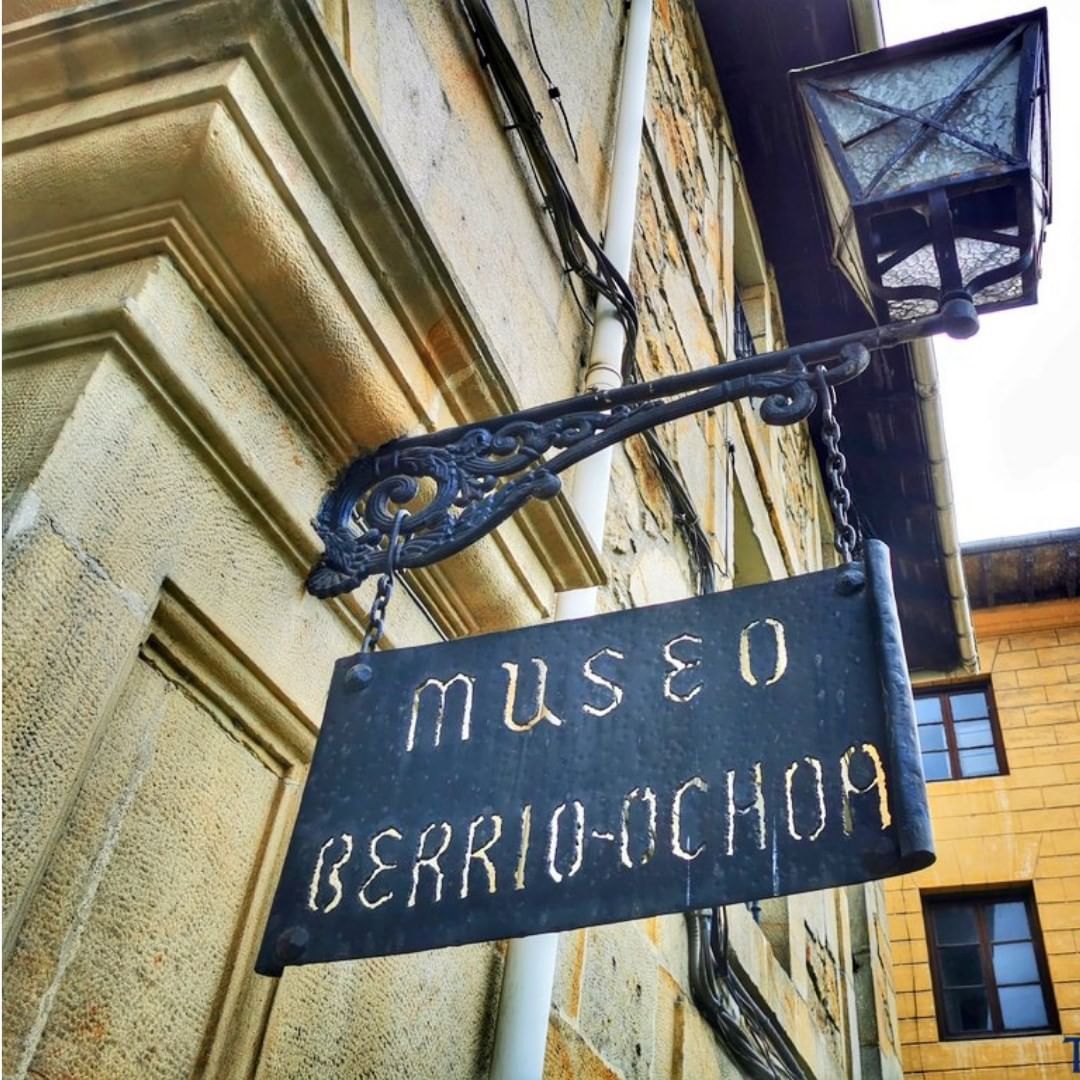
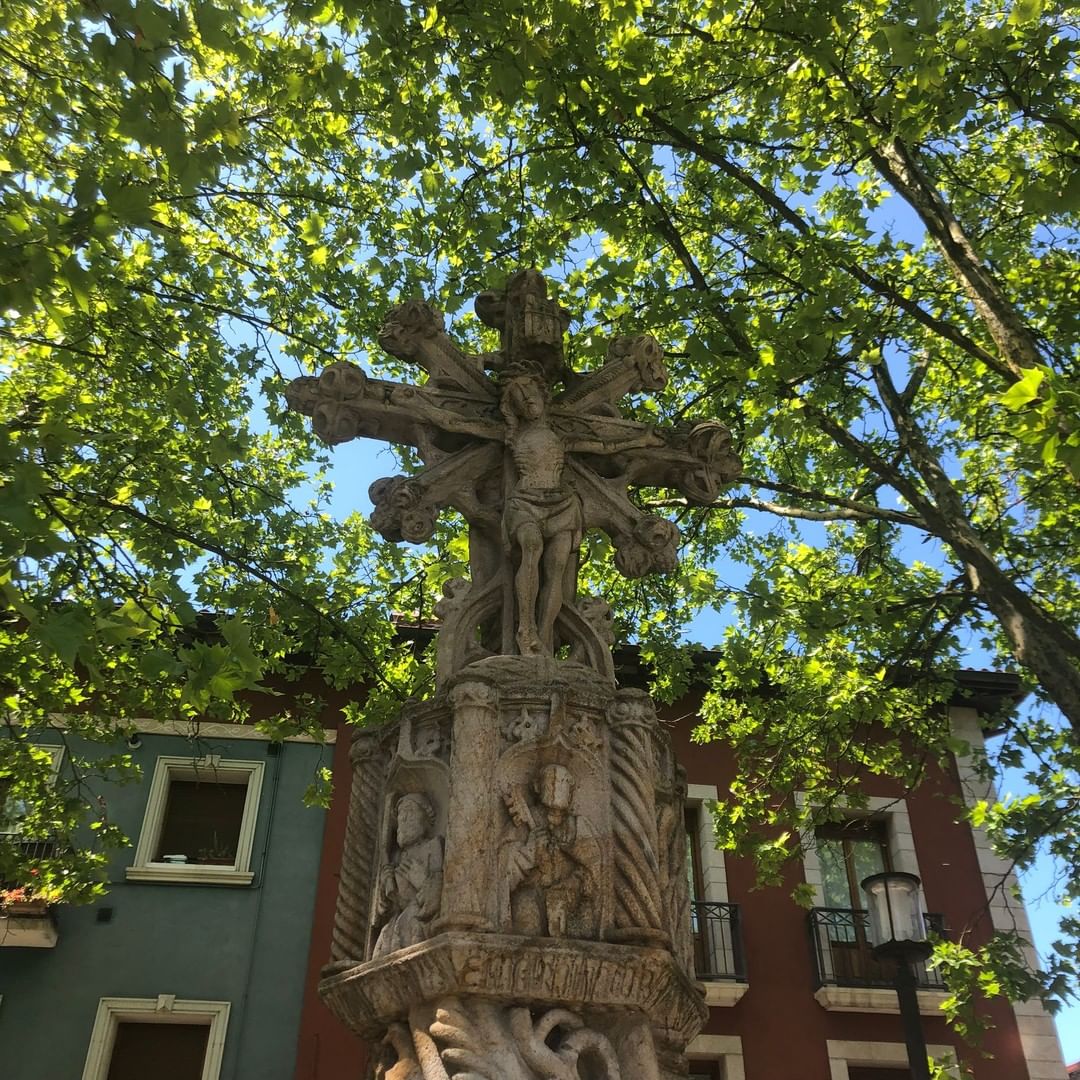
CALVARY WALK
Discover Elorrio’s history by following these monumental crosses.

NECROPOLIS OF ARGIÑETA
The most important medieval funerary complex in the Basque Country


WINTER OPENING HOURS
From 15th September to 31st May
Monday: closed
Tuesday to Friday: 10:00 - 14:00
Saturday and festivities:
10:00 - 14:00 and 16:00 - 18:00
Sunday: 10:00 - 14:00
TOURISM OFFICE
Berrio-Otxoa Street, 1
48230 Elorrio (Bizkaia)
CONTACT US
SOCIAL MEDIA




